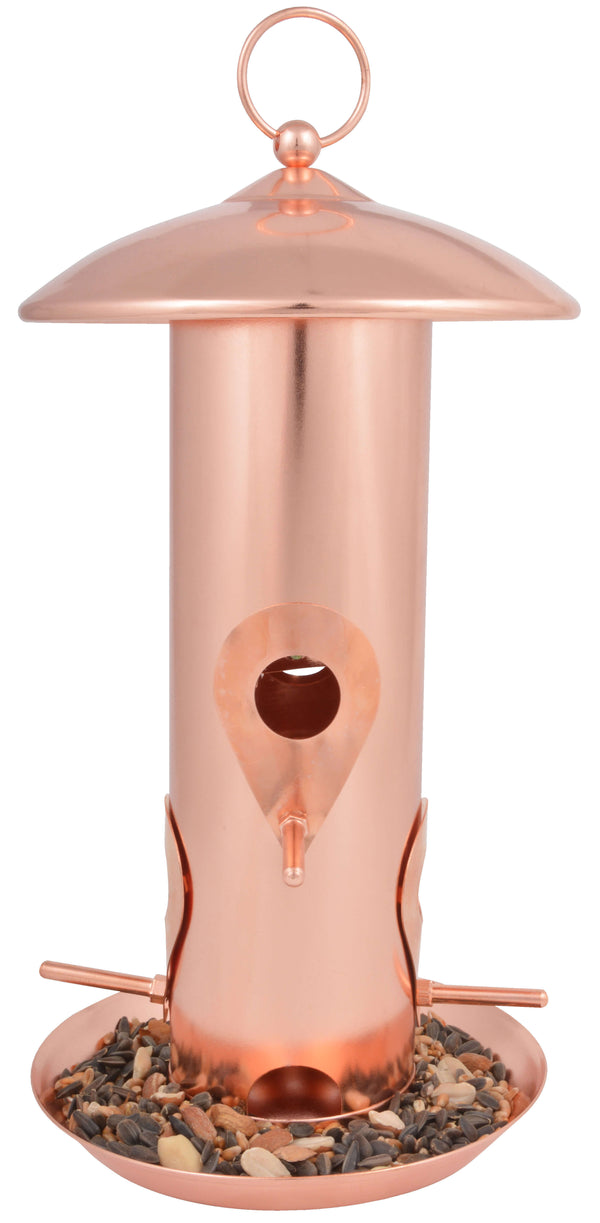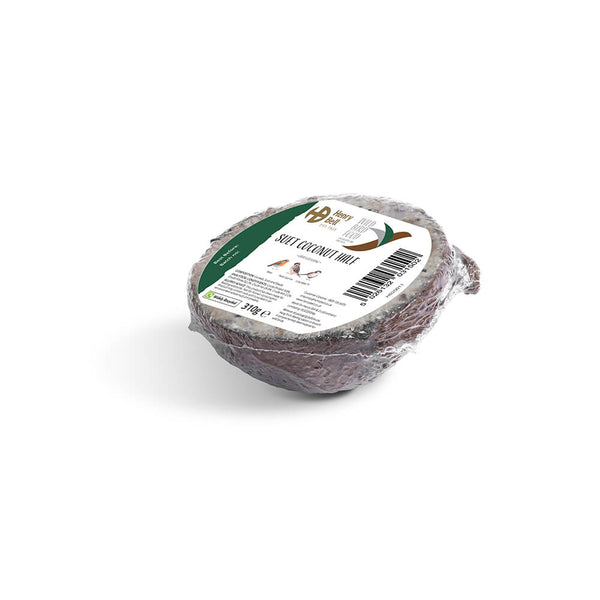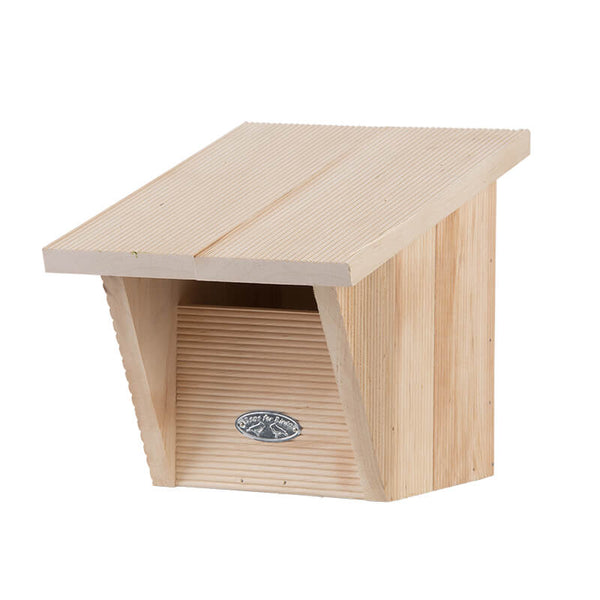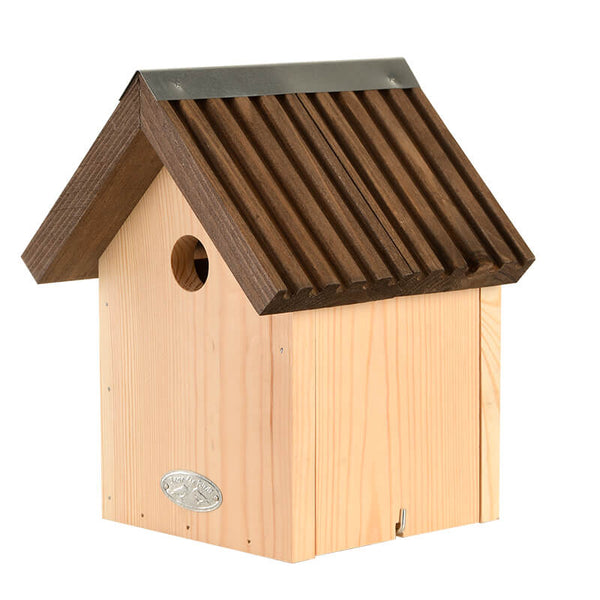Yellow Birds UK: A Guide
Birds with Bright Yellow Plumage
Yellowhammer

This striking bird has a bright yellow head and underparts with brown streaked back and wings. In the UK, the yellowhammer is a resident bird, although some of the birds that live further north may migrate to southern England in a harsh winter.
These birds build their nests on or close to the ground, often hidden in dense vegetation. Their breeding season takes lace from April to August.
The male Yellowhammer's song is often described as sounding like "a little bit of bread and no cheese." This distinctive call can be heard throughout their territories.
In recent years, yellowhammer numbers have dropped which makes them a red listed species, this is partly due to modern farming methods.
Blue Tit (Cyanistes caeruleus)

A highly recognisable and popular tiny bird, the Blue Tit has a bright blue and yellow plumage and yellow stripe on its wings with a blue cap and white cheeks.
You'll often find this small bird in woodlands, gardens and hedgerows where they are a resident in the UK all year round. In the UK, there are particularly high numbers of these birds, it's estimated there is around 3.6 million breeding pairs.
They nest in trees or nest boxes (Like this Blue Tit bird house) and breed from April to June. In your garden, Blue Tits are frequent visitors to our bird feeders. If you're looking to attract them, a tube bird feeder filled with a variety of bird seeds is the perfect way.
Great Tit (Parus major)

With a striking black stripe down the centre and yellow colour underparts, this brightly coloured bird is found in woodlands, gardens and parks. Often, great tits will spend their time on the bird table or feeder.
As a resident all year round, this bird breeds from April to July in tree holes and nest boxes.
They are the largest of the UK tits and have a varied diet, including insects and seeds.
Greenfinch (Chloris chloris)

With a green and yellow plumage, a yellow wing patch and tail patches these resident birds are often found gathering in large groups at bird feeders, especially during cold winters.
Their preferred habitat is gardens, woodlands and farmlands and they are mostly resident, with some migrating south during harsher weather.
They build their nests in dense bushes or trees and breed from April to July.
Goldfinch (Carduelis carduelis)

This birds feathers feature a colourful mix, with a red face, black cap and white head and yellow wings.
Some of the UK Goldfinches migrate to Southern Europe in winter where they spend the colder months. As soon as the weather begins to warm up, they head back to their breeding grounds and build nests that are high up in trees.
If you're looking to attract this bright flash of colour into your outside space, put some niger seeds in niger seed feeders and you'll be listening to their beautiful song in no time.
Siskin (Spinus spinus)

With yellow plumage, black streaks and a forked tail these birds and their yellow feathers are found in gardens and mixed woodlands.
They do migrate, heading south in the winter to escape the bad weather. Heading back to the UK, they breed from March to July.
These birds are agile feeders and can often be found hanging upside down on branches.
Yellow Wagtail (Motacilla flava)

With an olive green back and yellow underparts, male Yellow Wagtails are more vividly coloured than the females. These birds are known as summer visitors as they spend their winter in Africa.
Wet meadows, grasslands and farmlands are where these birds tend to spend their time and they nest on the ground.
You'll often spot these birds near livestock as they feed on the insects disturbed by the animals.
Willow Warbler (Phylloscopus trochilus)
This long distanced migrant spends winters in sub Saharan Africa and has pale yellow under parts and greenish brown upper-parts.
These birds actually undertake one of the longest migrations relative to their body size, traveling thousands of miles each year.
Coal Tit (Periparus ater)
With a black cap, grey upper-parts, a bib, white head and a yellow underbody, this bird lives in the UK all year round and can be found nesting in tree cavities, or even in walls.
Coal Tits are adept at hanging from the smallest twigs to feed on insects and seeds.
Most Common Yellow Bird?
The most common yellow bird in the UK is the Yellowhammer. Although Yellowhammers have experienced some declines in population due to changes in agricultural practices, they remain widespread and are a familiar sight in many parts of the UK.
Their bright yellow plumage and characteristic song make them one of the most recognisable and common yellow birds in the British countryside.











